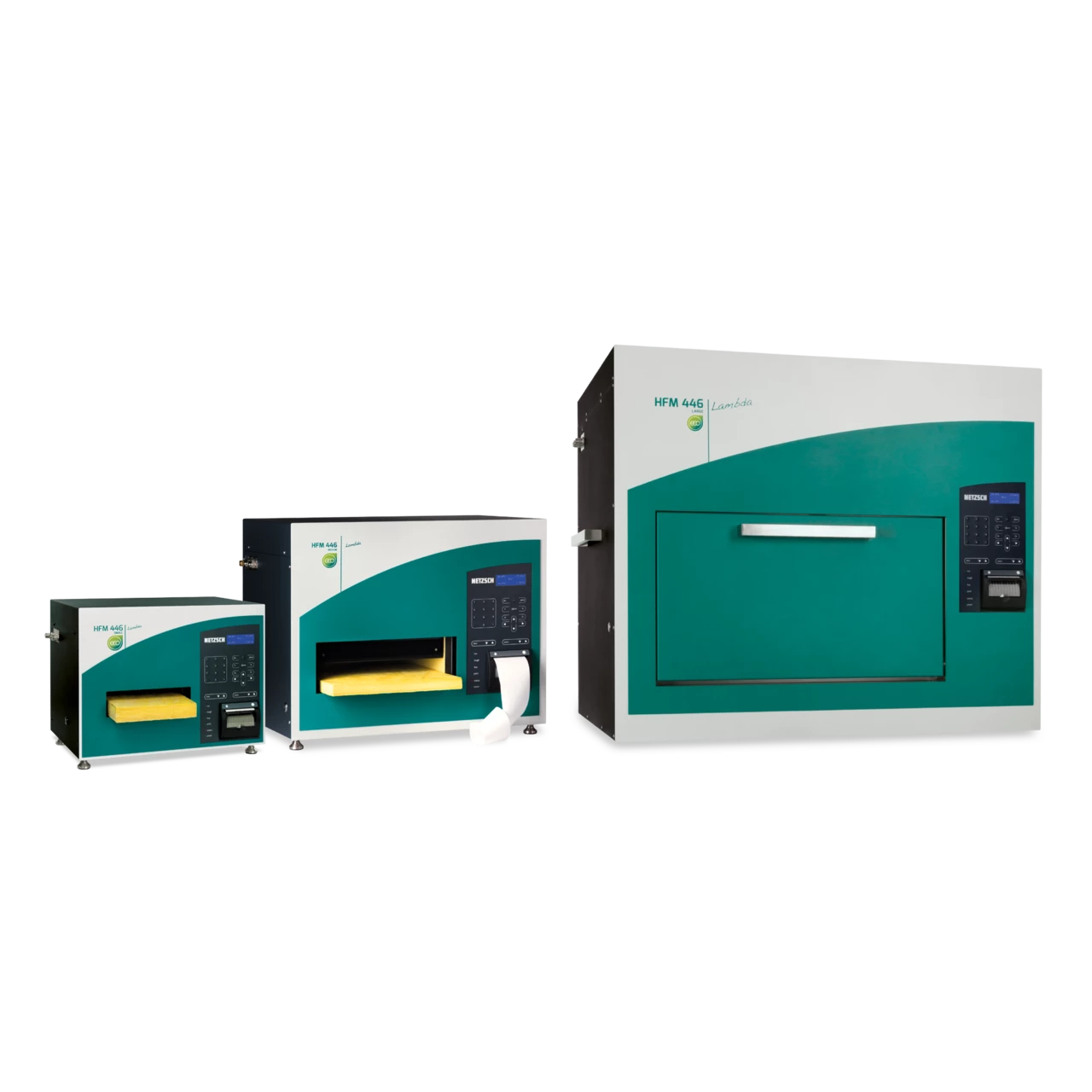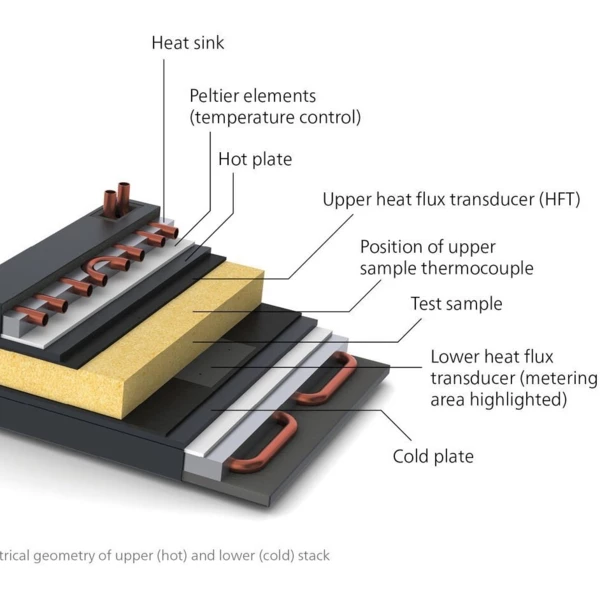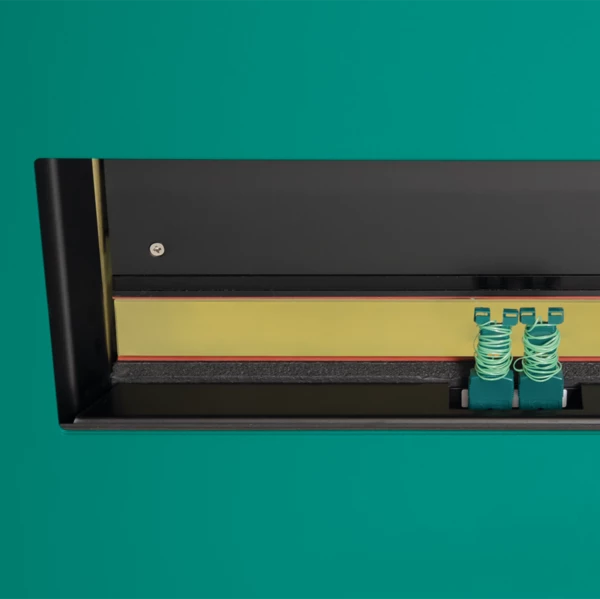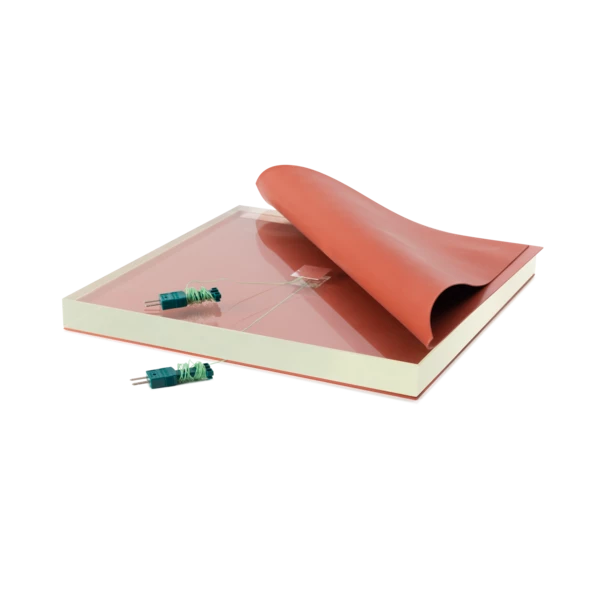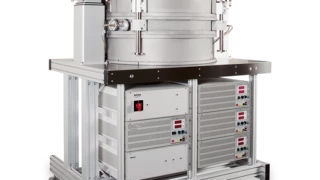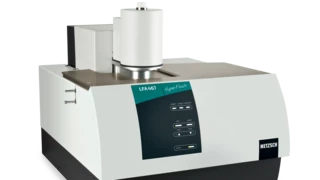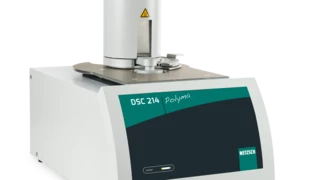Saving and Efficient use of Energy
Never before has the topic of the saving and efficient use of energy attracted as much attention in economics and politics around the globe as it does today. Research and development efforts in industry and academia worldwide are addressing topics that contribute to saving energy or generating energy from alternative resources.
There is enormous potential, especially in the areas of insulation materials and the efficient thermal insulation of residential and commercial buildings. It is thus all the more important for insulating materials to be able to be manufactured with a high and steady level of quality and brought onto the market under strict control of their performance characteristics.
There are numerous standards and guidelines to which these products are subject in order to really guarantee these properties for the huge amounts of insulating materials being produced worldwide.
Our latest version, the HFM 446 Lambda Eco-Line, also makes sure that the highest level of energy efficiency is at work when measuring Thermal ConductivityThermal conductivity (λ with the unit W/(m•K)) describes the transport of energy – in the form of heat – through a body of mass as the result of a temperature gradient (see fig. 1). According to the second law of thermodynamics, heat always flows in the direction of the lower temperature.thermal conductivity.
Material Parameter Thermal Conductivity
The most important role here is played by the material parameter thermal conductivity (amount of heat per second flowing through a material layer of a thickness of 1 meter and an area of 1 m² when the temperature difference amounts to 1 K). The thicker the material layer through which the heat flows, the higher the thermal resistance (R-Value) that the material layer presents to the quantity of heat to be transported. The reciprocal value of the thermal resistance is the thermal transmittance (U-Value), usually specified for structural components.
No matter whether for expanded polystyrene (EPS), extruded polystyrene (XPS), PU rigid foam, mineral wool, bloated perlite or foam glass, cork, fleece or natural fiber materials – no matter whether for building materials containing phase change materials, aerogels, concrete, plaster or polymers or even high performing insulation materials like vacuum insulation panels (VIP's) – the new HFM 446 Lambda Eco-Line features a new standardized method for the measurement of Thermal ConductivityThermal conductivity (λ with the unit W/(m•K)) describes the transport of energy – in the form of heat – through a body of mass as the result of a temperature gradient (see fig. 1). According to the second law of thermodynamics, heat always flows in the direction of the lower temperature.thermal conductivity which is equally applicable in research and development and in quality assurance.
A temperature gradient is set between two plates through the material to be measured. By means of two highly accurate heat-flow sensors in the plates, the heat flow into the material and out of the material, respectively, is measured. If the state of equilibrium of the system is reached and the heat flow is constant, the Thermal ConductivityThermal conductivity (λ with the unit W/(m•K)) describes the transport of energy – in the form of heat – through a body of mass as the result of a temperature gradient (see fig. 1). According to the second law of thermodynamics, heat always flows in the direction of the lower temperature.thermal conductivity can be calculated with the help of the Fourier equation as long as the measurement area and thickness of the sample are known.

Request a Quote
Technical Data
Chiller system
Air-tight system
Thermocouple resolution
Type:
Stand-alone, with integrated printer
Motorized plate:
Yes
Thermal conductivity range:
Small: 0.007 to 2.0 W/(m·K)
Medium: 0.002 to 2.0 W/(m·K)
Large: 0.001 to 0.5 W/(m·K)
Small and Medium: 2.0 W/(m·K) achievable with optional instrumentation kit, recommended for hard materials and those with higher Thermal ConductivityThermal conductivity (λ with the unit W/(m•K)) describes the transport of energy – in the form of heat – through a body of mass as the result of a temperature gradient (see fig. 1). According to the second law of thermodynamics, heat always flows in the direction of the lower temperature.thermal conductivity
Accuracy: ± 1% to 2%
Repeatability: ±0.25%
Reproducibility: ± 0.5%
→ All performance data is verified with NIST SRM 1450 D (thickness 25 mm)


Plate temperature control:
Peltier system
Plate motion:
Motorized
Plate thermocouples:
Three thermocouples on each plate, type K (two extra thermocouples with instrumentation kit)
Number of setpoints:
Up to 99
Specimen sizes:
Small: 203 mm x 203 mm x 51 mm
Medium: 305 mm x 305 mm x 105 mm
Large: 611 mm x 611 mm x 200 mm
Variable load/ contact force:
Small: 0 to 854 N (21 kPa on 203 x 203 mm²)
Medium: 0 to 1930 N (21 kPa on 305 x 305 mm²)
Large: 0 to 1900 N (5 kPa on 611 x 611 mm²)
Precise load control and possibility to vary DensityThe mass density is defined as the ratio between mass and volume. density of compressible materials; contact pressure calculated by software based on load sensor signal
Thickness determination:
Automatic measurement of mean sample thickness
Four-corner thickness determination via inclinometer
Compliance to non-parallel specimen surfaces
Software features:
SmartMode (incl. AutoCalibration, report generation, data export, wizards, user methods, predefined instrument parameters, user-defined parameters, Cp determination, etc.
Storage and restoration of calibration and measurement files
λ90/90 Report
Plot of plate/mean temperatures and thermal conductivity values
Monitoring of heat flux transducer signal
Creation/selection of configurations for stand-alone-operation (without PC)
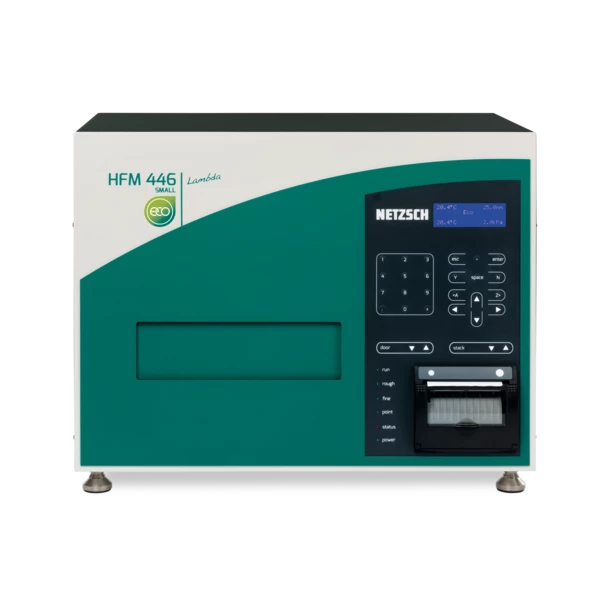
Application Literature

